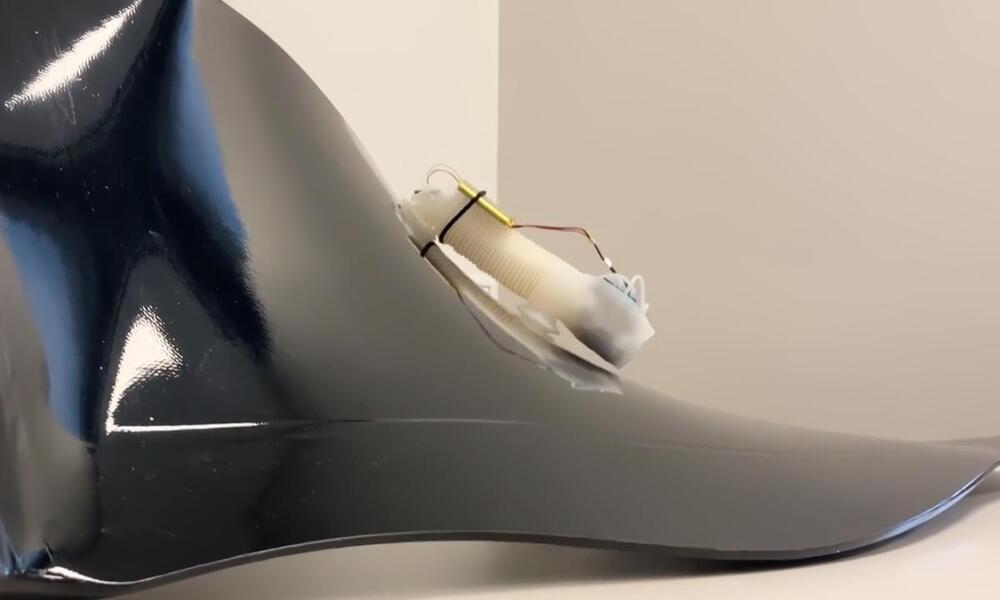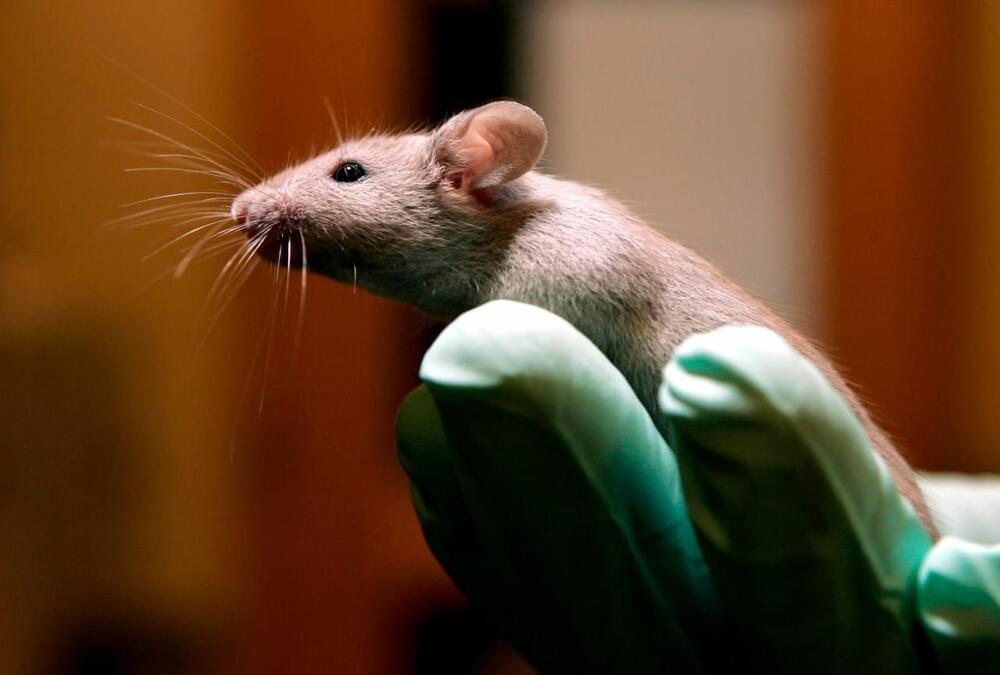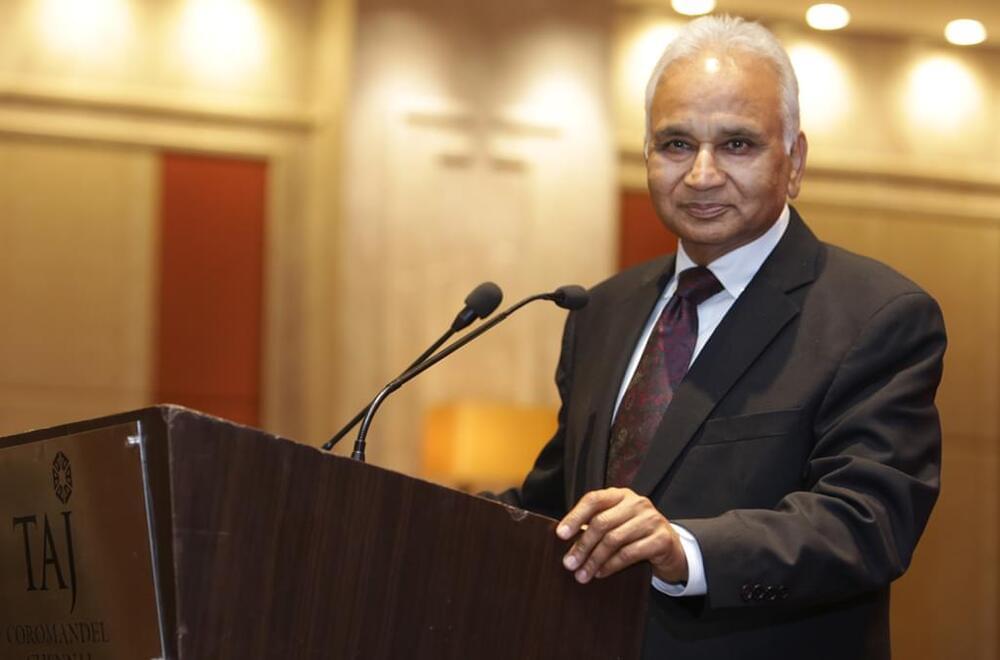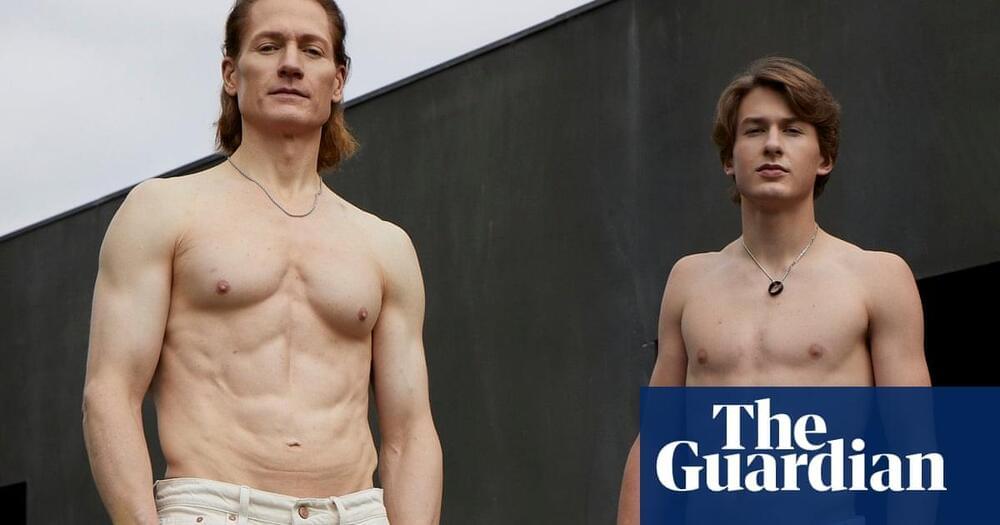GE Aerospace has demonstrated a worm-like robot that could one day inspect and repair jet engines. The Sensiworm (Soft ElectroNics Skin-Innervated Robotic Worm) is designed to serve as “extra sets of eyes and ears” for service operators as they examine the insides of aircraft. GE says the soft robot can minimize downtime and perform less invasive inspections and, in the future, make repairs itself.
The company compares the Sensiworm’s role in aerospace engineering and repairs to how soft robotics have allowed for minimally intrusive patient surgeries. “These technologies are enabling less invasive inspection and repair of jet engines on the wing to reduce downtime,” the company wrote. GE says the worm-like machine could give operators “virtually unfettered access” to inspect engines without disassembling them.
Resembling an inchworm, the Sensiworm (remote-controlled by operators) can crawl across various engine parts, including rotating wind turbine blades. It can sense and avoid obstacles automatically, reach places where gravity may stop other tools (thanks to its suction-cup feet) and measure the thickness of thermal barrier coatings. GE says it can even sniff out gas leaks. “With their soft, compliant design, they could inspect every inch of a jet engine, transmitting live video and real-time data about the condition of parts that operators typically check,” the company wrote.







